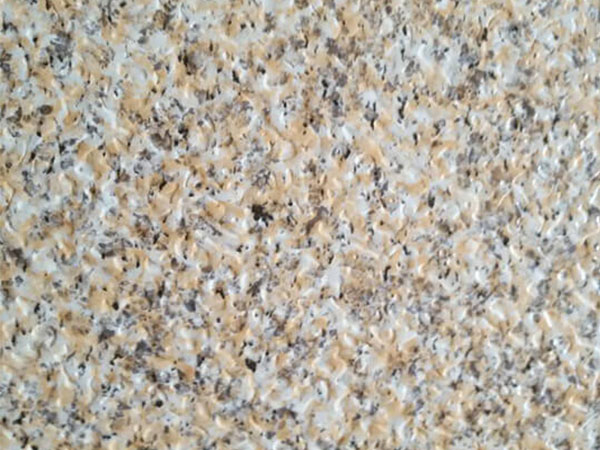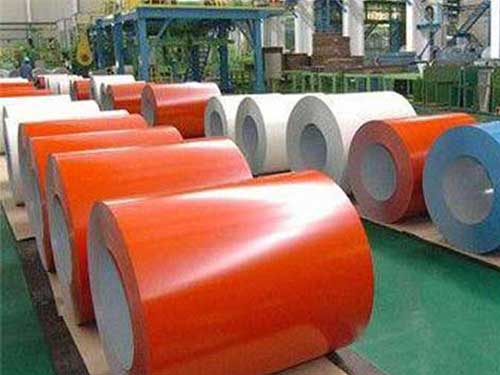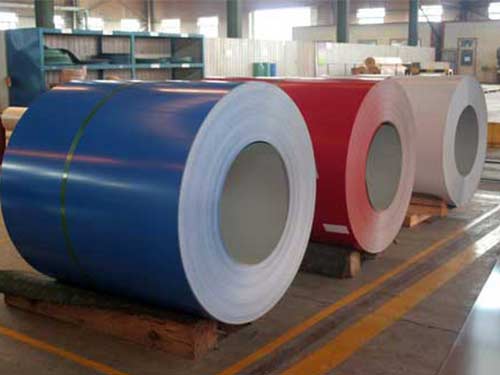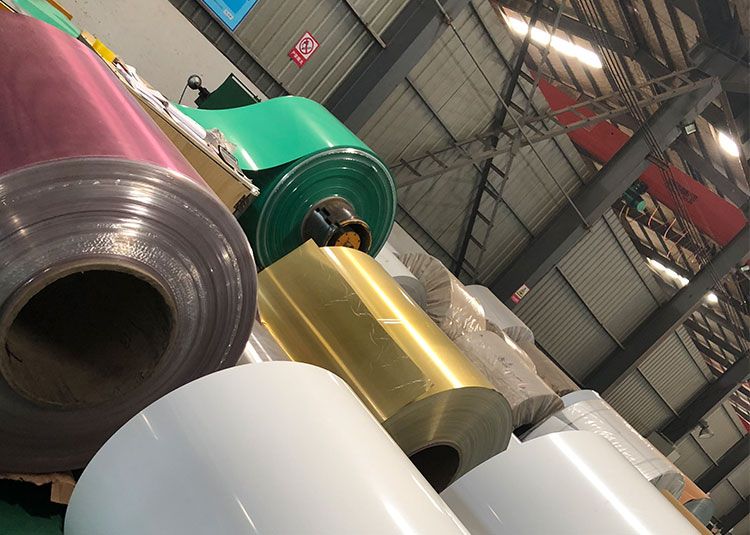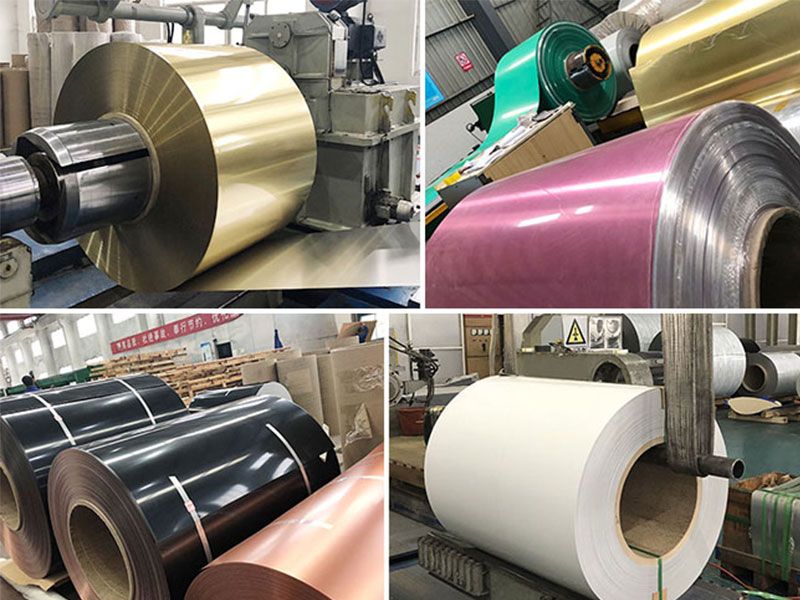Aluminum alloys boast a unique set of properties that lend themselves to various applications, particularly when enhanced with color-coated finishes like PVDF (polyvinylidene fluoride).
Alloy Grades and Their Composition
Alloy Composition determines factors like strength, corrosion resistance, and usability in different environments.
1100 Aluminum Alloy:
- Primary Elements: 99% minimum aluminum.
- Mechanical Properties: Excellent corrosion resistance, good machinability, and weldability, typically found in chemical and food-processing industries.
3003 Aluminum Alloy:
- Primary Elements: Manganese (1.0 to 1.5%).
- Manifest Components: Good weldability, high deep-drawing capacity; this is some of the strongest and most widely used aluminum alloy.
5052 Aluminum Alloy:
- Primary Elements: Magnesium (2.5 to 3.5%).
- Functional Characteristics: Highest strength among the alloys mentioned, exceptional corrosion resistance and workability, ideal for marine environments, automobiles, and pressure vessels.
Alloys and Their PVDF Coating
One of the critical elements in distinguishing alumina usage across sectors is its protective, performance-enhancing aspects, particularly when combined with the robust PVDF coating.
Advantages of PVDF Coating
- Durability: Extraordinary resistance to solvents, acids, and aggressive environments.
- Longevity: Provides longer aesthetic value as it retains color and gloss.
- Application Versatility: Can be applied on both roofs and façades for residential and commercial spaces alike.
Implementation Standards and Tempering Conditions
temper designations (e.g., H14, H16, and H34) is pivotal in manipulating aluminum properties for specific applications. Each temper adjusts hardness while maintaining intended lightweight characteristics.
Common Temper Designations:
| Alloy | Temper | Characteristics |
|---|---|---|
| 1100 | H14 | Intermediate strength with hard tempering |
| 3003 | H14 | Enhanced workability and good tensile strength |
| 5052 | H32 | Work-hardened with improved anti-corrosiveness |
American Society for Testing and Materials (ASTM) Standards
All aluminum alloys discussed honor industry white papers and are mightily favored in implementations per ASTM B136 relating to the specifications of fluoropolymers.
Example: PVDF (Kynar 500)
PVDF coatings offer a myriad of colors, suitable for either direct factory orders or post-application by concerned contractors; blending aesthetics with enhanced mechanical performance.
Comprehensive Chemical Properties
When contrasting aluminum performance—or market viability—alloy-specific characteristics are direly influential in engineering and manufacturing. An overview rests in fine differences such as corrosion attributes or draw paint parameters.
Chemical Properties Table
| Property | 1100 | 3003 | 5052 |
|---|---|---|---|
| Max corrosion resistance | Excellent | Good | Very Good |
| Tensile Strength (MPa) | 90-120 | 130-160 | 210-260 |
| Yield Strength (MPa) | 40-55 | 100-125 | 200-230 |
| Thermal Conductivity (W/m·K) | 234 | 146 | 138 |
| Formability | Excellent | Good | Good |


